Technical characteristics of all welded ball valves and its split valve body
- Apr Mon, 2019
- Hits: 120

Design method of the split valve body of all-welded ball valves: The valve body design of the all-welded ball valve has a cylindrical structure and a spherical structure, and the cylindrical structure...
Pressure adjustment and operating procedures for safety valves
- Apr Wed, 2019
- Hits: 118
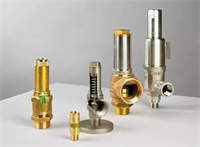
1. The adjustment of opening pressure 1.1 Before the safety valve is delivered from the factory, the opening pressure should be adjusted one by one to the user's required setting value. If the user...
Acoustic online detection of valve internal leakage
- Mar Thu, 2019
- Hits: 144
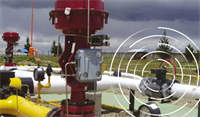
The pressure-bearing valves of ground facilities and equipment in an oil field have experienced internal leakage due to wear, corrosion or other reasons. Because the internal leakage is difficult to find,...
How to ensure a gas-tight seal of a valve after a long time of use?
- Mar Tue, 2019
- Hits: 56
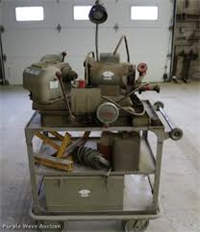
After a valve is used for a long time, the sealing surface of the valve disc and the valve seat will wear and the tightness will be affected. Repairing the sealing surface is a large and important task....
The working principle of self-operated regulating valves
- Feb Tue, 2019
- Hits: 318
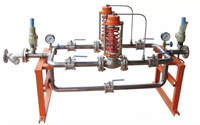
A self-operated regulating valve is also called a self-operated control valve. It is a new type of regulating valve. As the name implies, it does not need external power supply and secondary instrument....
Inspection and installation of valves (part three)
- Nov Fri, 2018
- Hits: 18

The installation of Relief Valves Vertically installed relief valves at a feasible height along the wall or horizontally install them on permanent operating platform. Practical steel should be put...
Inspection and installation of valves (part two)
- Oct Fri, 2018
- Hits: 39
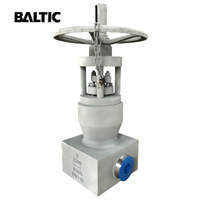
Installation precautions: The impact from hefty items is unbearable to fragile valve body materials, which are mostly forged by iron. Throwing is prohibited when carrying the valve, and it is neither...
Inspection and installation of valves (part one)
- Sep Tue, 2018
- Hits: 41
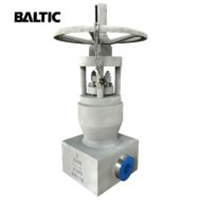
Inspection before valve installation 1 Check carefully whether the type and specifications of the valve meet the requirements of the drawing or not. 2 Check if the stem and disc opening are flexible,...
Classification of gate valves
- Jul Wed, 2018
- Hits: 35
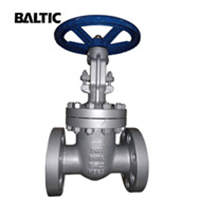
Gate valves have a variety of structural styles, and the main difference is that the structure type which is adopted for the sealing element. Gate valves are often divided into several types based...
Operating features of globe valves
- Jun Wed, 2018
- Hits: 29
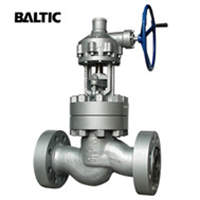
The sealing form of the globe valve is the force seal. When the valve is closed, in order to seal the globe valve, sufficient force must be applied to the valve clack so as to reach necessary sealing...
Installation Instructions of Valves (Part Two)
- Feb Mon, 2018
- Hits: 23

Installation of valves Valves must be installed carefully, and avoid hitting valves which are made of brittle materials. Check specifications and models of the valve, and check whether or not the valve...
Installation Instructions of Valves (Part One)
- Feb Thu, 2018
- Hits: 42
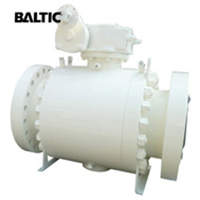
Directions and positions of valve installation Many valves such as globe valves, throttle valves, relief pressure valves and check valves have directional characteristics. If a throttle valve is installed...
Choosing Valves Based on Different Functions
- Nov Mon, 2017
- Hits: 38
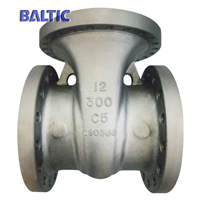
First, we need to master performance flow characteristics, temperature, pressure and flow rates of media, and then combine them with technology, operation, safety and other factors in order to choose...
Three Easily Occurring Problems of Gate Valves
- Oct Fri, 2017
- Hits: 42
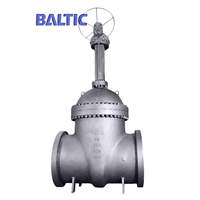
The disc of the gate valve is the gate, whose direction of movement is perpendicular to the flow direction of the fluid. The gate valve can only be fully opened and closed, and can not be used to...
How to Inspect the Quality of Fully Welded Ball Valves?
- Oct Mon, 2017
- Hits: 26
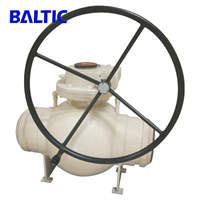
Buried fully welded ball valves have been widely used in a variety of fields. Although there are many buried fully welded ball valves on the current valve market, the quality of them is greatly different....
Performance Tests of Valves
- Oct Mon, 2017
- Hits: 42
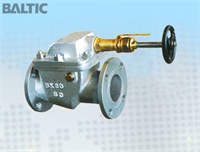
Motion performance tests of manual valves Open the valve; increase the pressure of the valve cavity until the pressure reaches the required pressure of the test; close the valve with the specified torque;...
Appearance Inspection Methods for Valves
- Sep Wed, 2017
- Hits: 17

1. Inspect whether internal and external surfaces of valve bodies have defects such as sand holes, cracks, etc. 2. Inspect whether the valve seat is firmly connected with the valve body; whether the valve...
Selection Steps of Valves
- Sep Wed, 2017
- Hits: 32

When we select the appropriate valves for the pipelines or the equipment, the following steps of selecting valves are supposed to be followed. 1. Determine valves' working conditions which...
Selection Principles of Ball Valves’ Ball Types (Part Two)
- Aug Thu, 2017
- Hits: 29
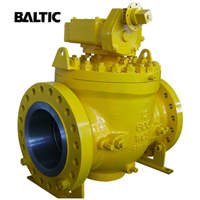
The hemispherical and v-shaped ball The purpose of using the hemispherical ball for the ball valve is to reduce the weight of the ball as the internal part, so as to achieve the purpose...
Selection Principles of Ball Valves’ Ball Types (Part One)
- Aug Fri, 2017
- Hits: 34
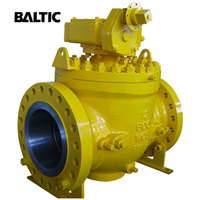
Ball valves can be classified into floating ball valves and trunnion ball valves due to the two types of their balls, that is, the floating balls and the fixed balls. Besides these two kinds of balls,...



